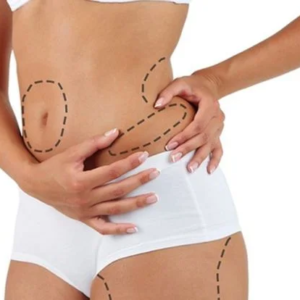Calcium Deficiency and What to do About it

In many developed countries around the world, calcium insufficiency is a problem. Most people aren’t consuming nearly enough of it to fuel proper functioning, and this inevitably leads to bigger, more extensive problems. Calcium simply isn’t for building strong bones during childhood after all. When there’s enough calcium in the body, you are supporting the natural process that allows for a stabilized heart rate, strong bones, proper muscle contractions, cellular immunity, blood sugar balance, and even a healthier pancreas.
The question, therefore, isn’t whether or not you have a calcium deficiency, it’s what you can do to correct it.
Signs of Calcium Insufficiency
Though calcium deficiency doesn’t show effects right away, there are some that gradually become more serious. These symptoms of calcium insufficiency can be seen in any age group.
Minor symptoms of calcium deficiency:
- Lethargy
- Lack of appetite
- Brittle finger and toenails
- Fainting
- Numbness in limbs
- Tingling in fingers and toes
- Muscle cramping
- Difficulty swallowing food and drink
Major symptoms of calcium deficiency:
- Tooth enamel decay
- Insufficient blood clotting
- Bone fractures – a precursor to osteoporosis and similar diseases
- Osteopenia
- Development delays in children
- Blood pressure problems
- Arrhythmia
Causes of Calcium Insufficiency
No nutritional deficiency pops up overnight. Let’s look at the causes of calcium insufficiency to see what could potentially be affecting you.
Lack of Calcium
Adults 19 years and older should be getting anywhere from 1000 to 1200 mg of calcium per day. Infants and children need more, as they need to absorb about 60{f836da2089c4f6ac041f592a32b2c3a6b29da20f6bd03832a46b7a74d907c6fd} of the calcium consumed from food to grow properly.
Dietary Intolerance
Many people are lactose intolerant to some respect, making calcium absorption all the more difficult. Find calcium-rich vegetables and plant protein sources that fit your diet to help you get the appropriate amount.
Genetics
Some people have a hereditary defect or mutations that cause vitamin-D resistant syndromes. When this happens, the body cannot adequately absorb calcium. Also, some prescription medications that are used to treat other genetic issues or diseases can cause a decrease in calcium.
Modern Industrialization
Modern farming techniques, pesticides, and GMOs have actually caused the nutrients in the foods we eat today to have much fewer nutrients than those our great-grandparents used to have.

Low Stomach Acid
Although calcium absorption is easiest for the body while we’re young, other factors related to the gastrointestinal tract and digestion can aid in calcium deficiency if you’re not careful. Some of those include not chewing food properly, standing up while eating, eating too quickly, and consuming too much fluid while eating, which lowers stomach acid. The proper with low or non-existent stomach acid is that it can even cause bacterial infections.
How to Treat Calcium Deficiency
In order to treat calcium deficiency, the best thing you can do for yourself is to include foods in your diet that are naturally rich in the nutrient. Examples of these foods are:
- Whole sardines
- Okra
- Leafy greens
- Beans – white, kidney
- Bone Broth
- Organic Figs
- Sesame seeds
- Almonds
- Dairy products
You can also take an OTC calcium supplement to help.
Calcium deficiency is certainly a problem affecting modern day people, but you don’t have to be a statistic. By recognizing the issues that could be causing the insufficiency, you can begin working to correct the problem. Luckily, all you have to do is start ramping up your daily intake, and your deficiency will eventually find homeostasis.




